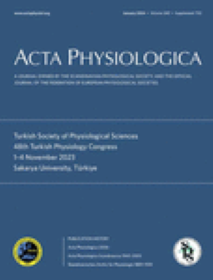Renal medullary hypoperfusion and hypoxia precede acute kidney injury (AKI) in ovine sepsis. Oxidative/nitrosative stress, inflammation, and impaired nitric oxide generation may contribute to such pathophysiology. We tested whether the antioxidant and anti-inflammatory drug, tempol, may modify these responses.
Following unilateral nephrectomy, we inserted renal arterial catheters and laser-Doppler/oxygen-sensing probes in the renal cortex and medulla. Noanesthetized sheep were administered intravenous (IV) Escherichia coli and, at sepsis onset, IV tempol (IVT; 30 mg kg−1 h−1), renal arterial tempol (RAT; 3 mg kg−1 h−1), or vehicle.
Septic sheep receiving vehicle developed renal medullary hypoperfusion (76 ± 16% decrease in perfusion), hypoxia (70 ± 13% decrease in oxygenation), and AKI (87 ± 8% decrease in creatinine clearance) with similar changes during IVT. However, RAT preserved medullary perfusion (1072 ± 307 to 1005 ± 271 units), oxygenation (46 ± 8 to 43 ± 6 mmHg), and creatinine clearance (61 ± 10 to 66 ± 20 mL min−1). Plasma, renal medullary, and cortical tissue malonaldehyde and medullary 3-nitrotyrosine decreased significantly with sepsis but were unaffected by IVT or RAT. Consistent with decreased oxidative/nitrosative stress markers, cortical and medullary nuclear factor-erythroid-related factor-2 increased significantly and were unaffected by IVT or RAT. However, RAT prevented sepsis-induced overexpression of cortical tissue tumor necrosis factor alpha (TNF-α; 51 ± 16% decrease; p = 0.003) and medullary Thr-495 phosphorylation of endothelial nitric oxide synthase (eNOS; 63 ± 18% decrease; p = 0.015).
In ovine Gram-negative sepsis, renal arterial infusion of tempol prevented renal medullary hypoperfusion and hypoxia and AKI and decreased TNF-α expression and uncoupling of eNOS. However, it did not affect markers of oxidative/nitrosative stress, which were significantly decreased by Gram-negative sepsis.


